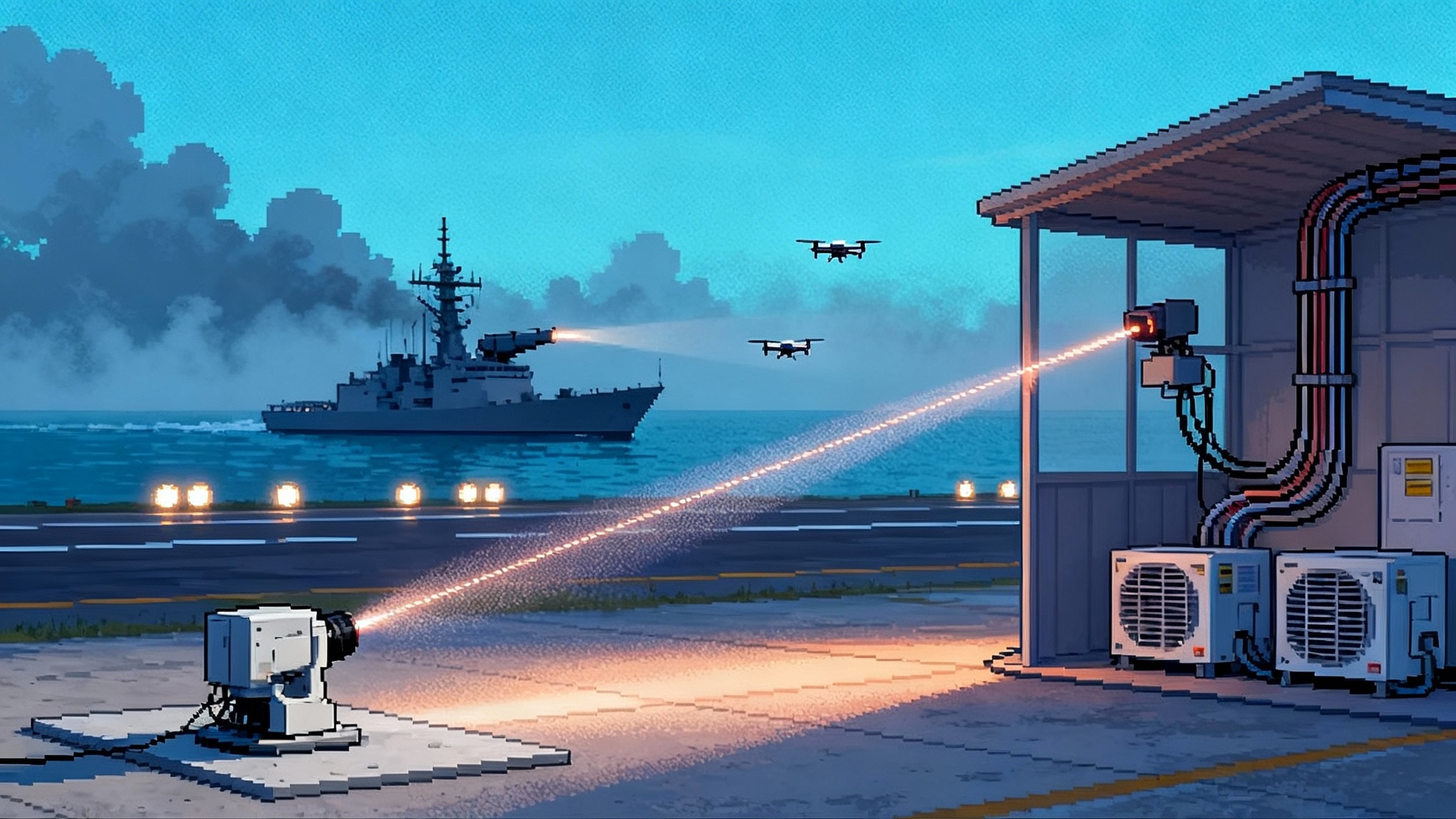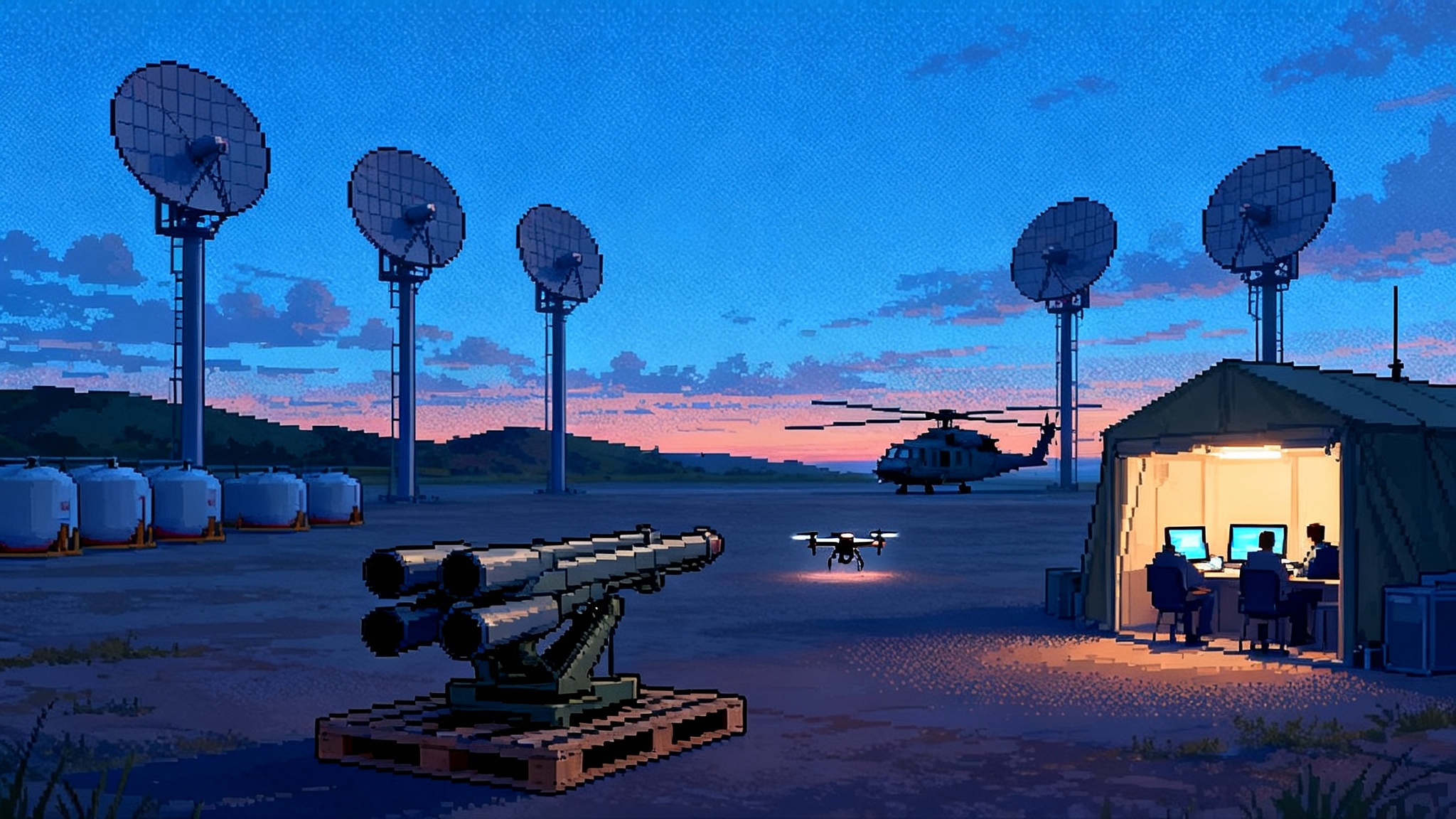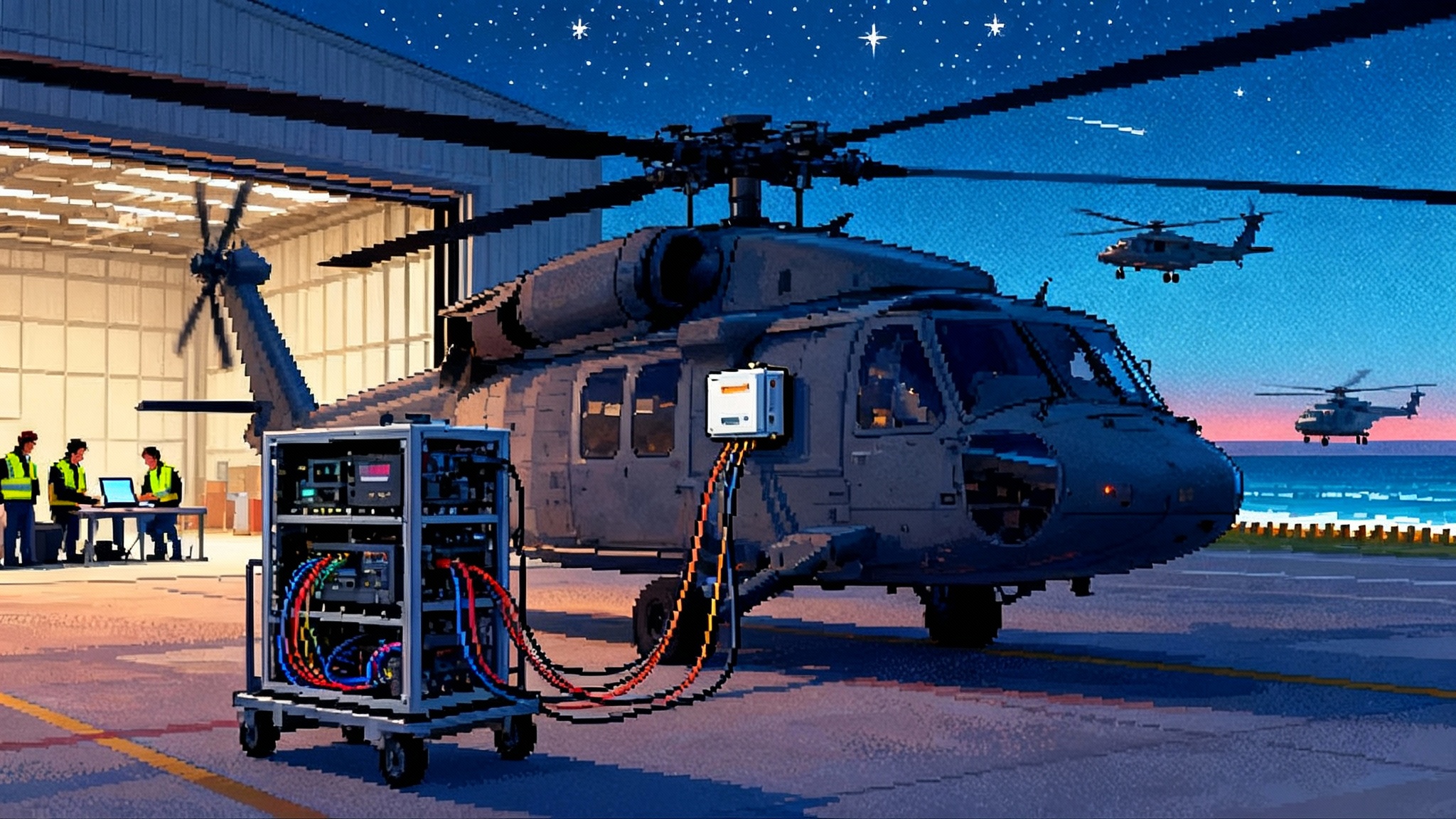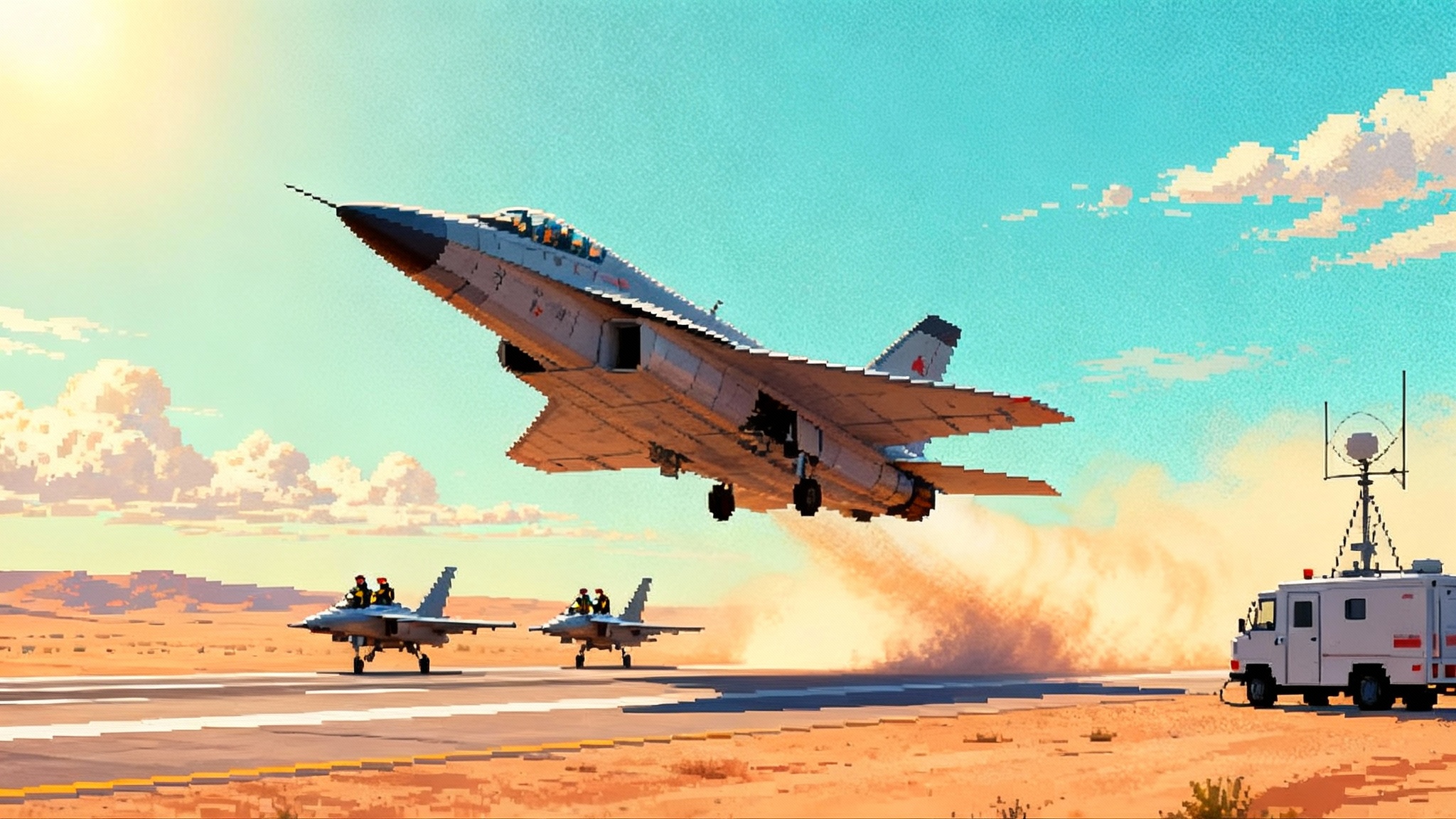F-35 TR-3 Is Here: What the Block 4 Era Really Unlocks
After a choppy 2024 restart, F-35 TR-3 deliveries are flowing again with initial training software. The full-capability drop is next, setting up a 2025 to 2028 upgrade wave that turns the fleet into a faster sensor, electronic warfare, and weapons node.
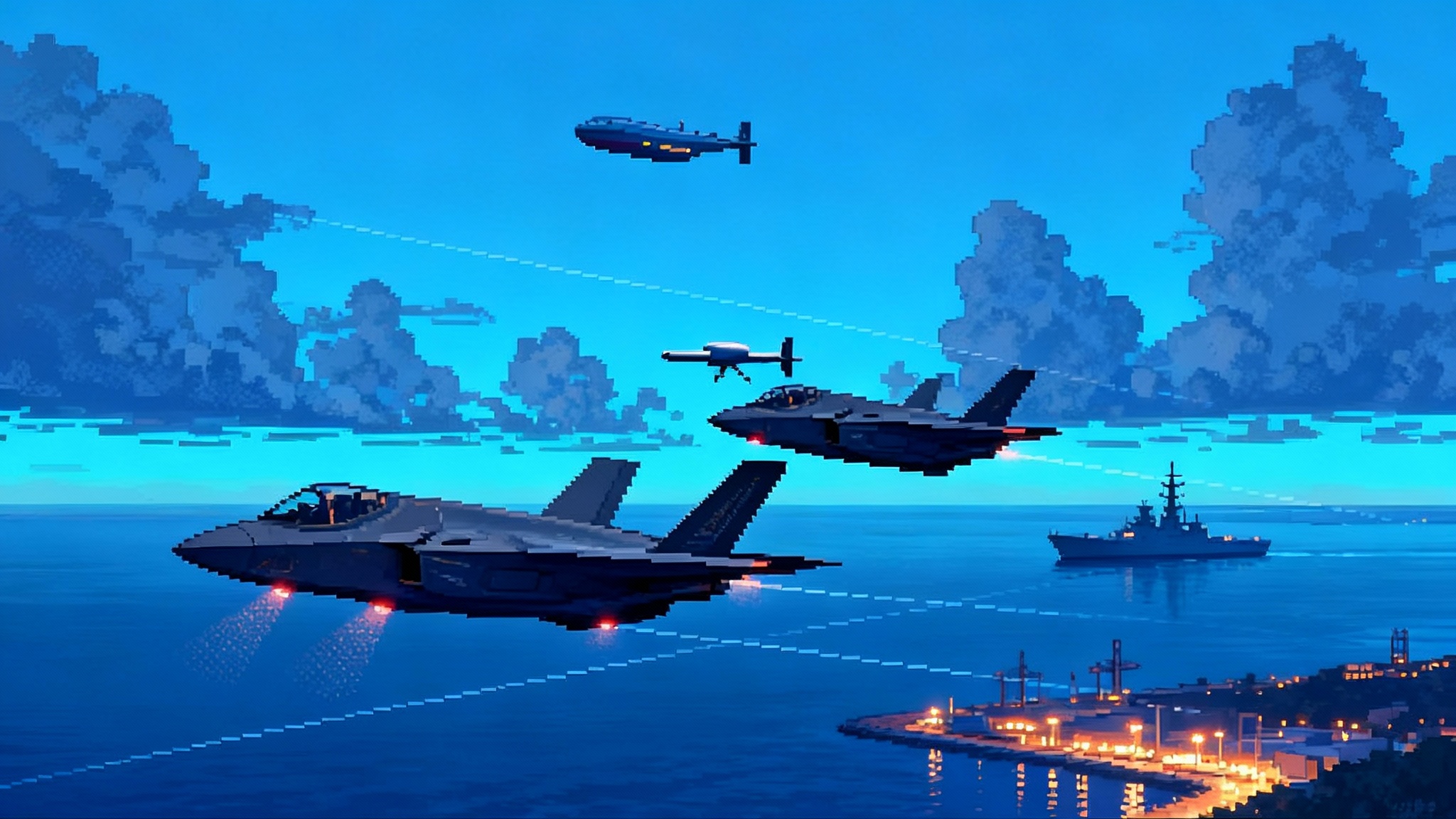
Breaking: TR-3 deliveries are back, and the clock starts now
The F-35 program spent much of 2024 solving a stubborn problem. Technology Refresh 3, the hardware and software backbone for the aircraft’s next decade of upgrades, had fallen behind. In July 2024 deliveries restarted under a phased plan, with jets accepted for training while the full combat software continued toward release. That restart mattered because it put hundreds of new and stored aircraft back on a path to fieldable combat capability and allowed operators to begin building tactics on the new architecture. The milestone was confirmed by the program office and the prime contractor in a joint note that deliveries of TR‑3 aircraft had begun in July 2024, with the expectation of full combat capability following after qualification. See the Lockheed Martin TR-3 deliveries begin announcement for the stated roadmap.
Think of TR‑3 as swapping the processor, graphics card, and memory in a gaming rig while also rewiring the case. Without it, the most ambitious software you want to run simply does not fit. With it, the jet can run heavier sensor fusion, more aggressive electronic attack techniques, and new weapons code while still updating faster.
What TR‑3 actually changes
TR‑3 is not a single box. It is a set of avionics upgrades that includes a far more powerful mission computer, new displays and display electronics, and more memory. The point is headroom. The current generation of sensor fusion already crunches radar, electro‑optical, infrared, electronic support, and off‑board tracks into a single picture. Block 4 expands the number of sensors and the granularity of those inputs. That means more signals to sift, more models to run, more tracks to maintain, and more electronic warfare options to evaluate, all at once. Headroom is what lets the pilot ask the system to do more without trading away speed or stability.
TR‑3 also lays the rails for faster software. The program has been moving to a more iterative release cadence, with feature drops that can be validated and delivered in smaller slices. On the flightline that should feel like a smartphone that gets capability upgrades during the aircraft’s life, rather than waiting years for a single monolithic load. The jet still needs rigorous test and safety checks, but the pipeline itself becomes more efficient.
Block 4, simplified: the capability lanes
Block 4 is the family name for the upgrades that ride on TR‑3. Most details are classified, but a few big lanes are clear:
- Sensors and sensing. A next‑generation radar, an upgraded electro‑optical targeting system, and improved distributed apertures expand range, sensitivity, and target types. The effect is more miles of sky and more kinds of emissions the jet can understand, with better resistance to deception.
- Electronic warfare. BAE Systems’ upgraded suite adds sensitivity and agility, so the jet can detect more emitters sooner, categorize them more reliably, and respond with finer control. That is not just jamming power, it is also smarter geolocation and timing that support lethal effects by the jet or by someone else in the web.
- Weapons integration. New racks and software increase internal air‑to‑air capacity for F‑35A and F‑35C, while a set of air‑to‑ground additions expands standoff and suppression options. Operators expect wider availability of small glide weapons in bad weather, long‑range maritime strike carried when stealth allows, and high‑speed anti‑radiation weapons for the suppression and destruction of enemy air defenses.
The program has acknowledged that scope and sequencing are being adjusted so capability arrives in a more predictable way. A Government Accountability Office report in September 2025 described a trimmed and rebaselined Block 4 that finishes later than originally planned, with some functionality pushed to follow‑on efforts. It also noted that combat‑capable TR‑3 aircraft enabling Block 4 are expected to field on a later timeline than initially hoped. The point is not that Block 4 shrank to nothing, it is that content is being staged so operators get dependable drops instead of slipping mega releases. See the GAO 2025 Block 4 rebaseline overview.
New loadouts that matter on Day 1
The most practical question is what pilots can carry and when. Three near‑term shifts stand out for the 2025 to 2028 window:
- Six internal air‑to‑air missiles for F‑35A and F‑35C. The Sidekick rack increases internal beyond‑visual‑range missile capacity from four to six in stealthy carriage. For defensive counter‑air or high‑end escort, the extra pair changes timelines and tactics, because you can stay inside the radar horizon longer without reloading externally. F‑35B does not share this because of its smaller bay, so the benefit is variant specific.
- A deeper bench of standoff strike. Integration is paced by software and test, but across this period expect more routine carriage of long‑range glide weapons against moving targets in poor visibility, and continued maturation of anti‑ship and anti‑radar options. The tactical effect is not just the weapon itself, it is the ability to pick the best effector in the web and give it clean, timely targeting data.
- Electronic attack as a first‑class role. The upgraded suite and processor headroom make electronic attack less of a fixed playbook and more of a dynamic option. Crews will be able to trade a weapon for a timing‑critical electronic effect at the moment of decision, then swing back to kinetic work on the same sortie.
Taken together, those changes let four jets hold more air targets at risk while simultaneously finding and fixing emitters, and they do it with a higher probability of staying undetected.
From four‑ship to four‑node kill webs
The F‑35 already flies like a networked sensor and shooter, but the next three years are about throughput. Imagine each jet as a router with more lanes. TR‑3 plus Block 4 increase the number of simultaneous tracks you can maintain, the fidelity of those tracks, and the number of external messages you can move without stepping on your own sensors. That matters inside mixed packages with legacy fighters, surface fires, and ships.
Two practical changes follow:
- More flexible spacing. When the network is robust, a four‑ship does not need to stay tight for mutual support. Wider spacing increases coverage and reduces the chance a single enemy sensor sees the whole formation at once.
- Cleaner machine‑to‑machine targeting. Passing a firing solution to a shooter ashore or at sea depends on timing, formatting, and confidence. Higher processing headroom and better sensors improve both the timeliness and the quality of that data, which in turn increases the chance the receiving unit can fire without its own lengthy re‑targeting cycle.
The jet is not the only box on the network. Gateways translate between stealthy links and legacy ones, and command‑and‑control nodes on tankers, bombers, and specialized platforms act as servers. Block 4 amplifies the F‑35’s role in that larger fabric, because it can collect, clean, and forward more data without choking on its own tasks.
How CCAs plug in
The U.S. Air Force’s Collaborative Combat Aircraft effort is building uncrewed wingmen that pair with crewed jets. In practice that means the F‑35 will often be a tasking and sensing hub. With TR‑3, the pilot has enough processing budget to manage teaming tasks while still fighting the airplane. That is important whether the mission is counter‑air, suppression of enemy air defenses, or maritime strike. For a sense of the pace, see how USAF’s uncrewed fighters just flew and kicked off a broader race to field teaming concepts.
Expect tactics where two F‑35As push forward in stealth, use their sensors to peel back an emitter picture, and then cue two or more autonomous aircraft to probe or strike from different azimuths. As Block 4’s electronic warfare and sensor upgrades arrive, the pairing gets smarter, because the crewed jet can hand off more specific tasks, and it can do it without breaking stealth.
Gateways and JADC2, the connective tissue
Joint All‑Domain Command and Control is the umbrella term for connecting sensors and shooters across services. In the near term, the most valuable pieces for F‑35 operators are the gateways that translate and route data among stealthy links, Link 16, and service‑specific networks, plus cloudlike mission servers on airborne platforms. TR‑3 speeds up how the F‑35 participates in that translation. It also helps the jet publish higher quality tracks that other nodes trust more. Practical impact, fewer radio calls to confirm a track, fewer reattacks because the wrong coordinate went out, more weapons guided by the best situated shooter instead of the closest one. Allied surface forces are entering the same fabric, as seen when Japan’s destroyers join U.S. kill web.
An accelerationist view: the balance shifts by software
Between 2025 and 2028, the most important change in airpower is not a headline new airframe, it is a software‑driven jump in an aircraft that many countries already fly. That favors coalitions that already bought into the F‑35 ecosystem. A nation that fields squadrons of TR‑3 jets and keeps current on Block 4 drops will see its fleet get more capable every quarter, not just after depot upgrades. Training cycles adapt quickly because the interface and fusion logic live in software. Tactics that were fragile in 2023, like wide‑spaced four‑node webs that pass machine‑readable targeting to other domains, start to feel routine. You can see parallel shifts on the ground as lasers go operational in air defense, tightening the wider kill web.
This also tilts export dynamics. Late adopters gain because they are not just buying an airplane, they are buying into a release train. If you are choosing between fourth‑generation airframes that get modest uplifts and a fifth‑generation fleet that is about to gain new weapons, a more agile electronic warfare stack, and tighter integration with allied kill webs, the choice gets easier. The harder part becomes workforce and data discipline, not the technical envelope.
The honest risks if full combat software slips again
There are real downside scenarios:
- Combat‑capable TR‑3 software is the gate to most of Block 4. If that milestone pushes right, training squadrons can field jets for academics and basic flight, but front‑line units cannot fully exploit the new payloads and sensing. That creates uneven fleets, with some squadrons tactically current and others waiting.
- Thermal and power margins remain tight. Some of the most advanced sensors and electronic warfare modes are hungry. Without timely engine and cooling upgrades, the program will defer certain capabilities. That would keep the airframe reliable but slow the arrival of the heaviest features.
- Integration churn on weapons. Each new weapon is a test program of its own. A slip in one can ripple into others if lab and range time get traded, especially when software is shared.
- Industrial posture. If payments remain partially withheld until full combat capability is certified, the prime and suppliers will carry more cost while they finish the software and test points. That is manageable, but it is not free.
Mitigations are straightforward, even if not easy. Keep the test enterprise laser focused on stabilizing the combat drop, prioritize content that unlocks the most tactics per test hour, and pull forward user‑facing improvements that reduce pilot workload in complex environments. Continue to harden the software pipeline so subsequent increments spend less time exiting labs and more time in operational test.
What to watch between now and 2028
- Full TR‑3 combat software qualified and widely fielded on new deliveries, then retrofit kits moving at pace through depots and field teams.
- Sidekick and other internal loadout improvements working through operational test, followed by tactics manuals that exploit six internal missiles on A and C variants.
- Incremental weapons clearances that change loadout menus for poor‑weather moving targets, maritime strike, and suppression of enemy air defenses.
- Electronic warfare mode drops that are more dynamic, including techniques that support coalition shooters without burning the F‑35’s own cover.
- Regular use of gateways that let F‑35 formations pass fire‑control quality data to shooters in other services without voice call‑outs.
- Early operational pairing patterns with collaborative aircraft in large force exercises, then in day‑to‑day deterrence deployments.
The bottom line
TR‑3 is finally here in the fleet, and the program’s plan for a full‑capability software drop is the hinge for the next three years. If that drop lands on time, Block 4 turns the F‑35 from a stealthy multirole fighter into a higher throughput node whose best trick is making the rest of the force better. Sensors find more, electronic warfare shapes more, and weapons fit more cleanly into the fight. Nations that ride the release train will see their fleets compounding capability on a quarterly cadence. Nations that lag updates will have a stealth jet that looks the same from the outside but performs like an older model inside.
The shift is subtle, yet decisive. Airpower advantages accumulate through software now. The winners will not just buy jets, they will run the upgrade race, keep their crews current on new loadouts and tactics, and connect their F‑35s to the rest of the kill web. The good news for operators is simple, the hardware to do that is arriving on the ramp.

